Best Time to Apply Wood Chippings
Wood chippings are a versatile landscaping material used for mulching, pathways, and decorative purposes. Proper timing for application ensures optimal benefits, including weed suppression, moisture retention, and aesthetic appeal.
Applying wood chippings in spring helps prepare garden beds for the growing season by suppressing weeds and retaining soil moisture.
Using wood chippings in autumn provides insulation for plants and soil, protecting roots during colder months.
Applying after planting helps retain moisture and reduce weed growth around new plants.
Renew or top up wood chippings during late spring or early autumn to maintain effectiveness.
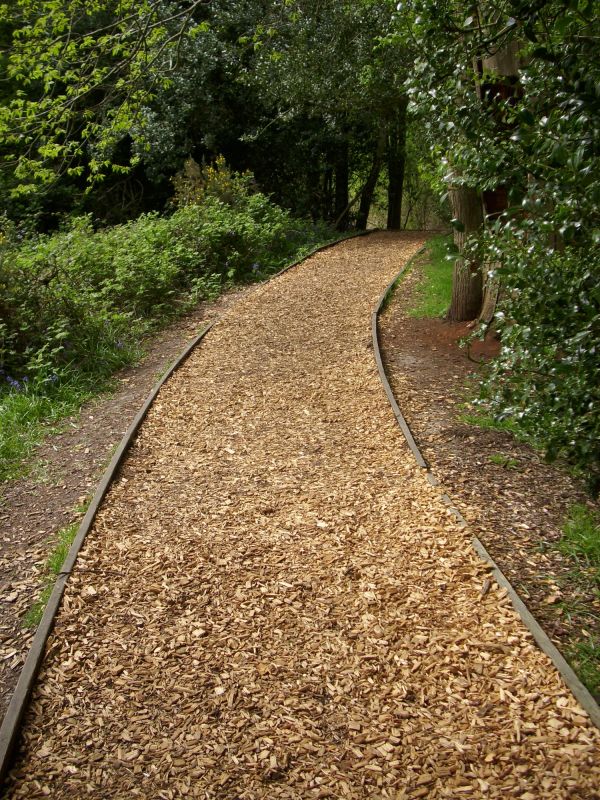
Ways to make Wood Chippings work in tight or awkward layouts.

Popular materials for Wood Chippings and why they hold up over time.
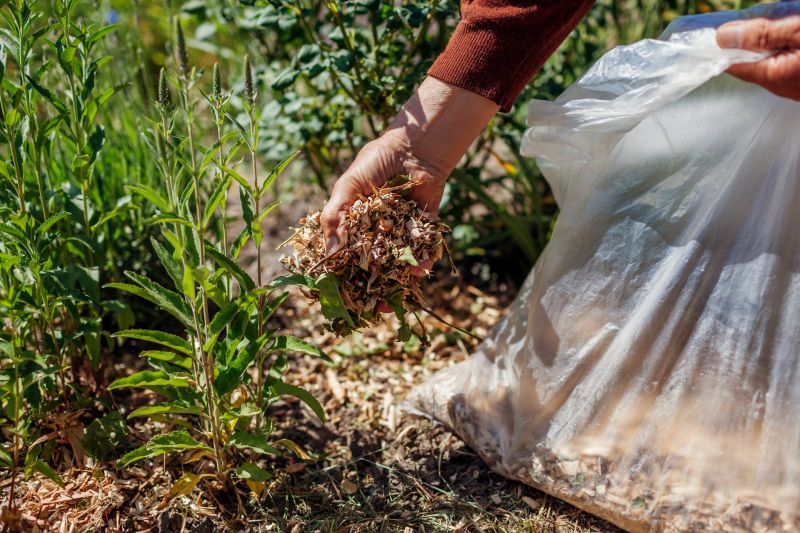
Simple add-ons that improve Wood Chippings without blowing the budget.
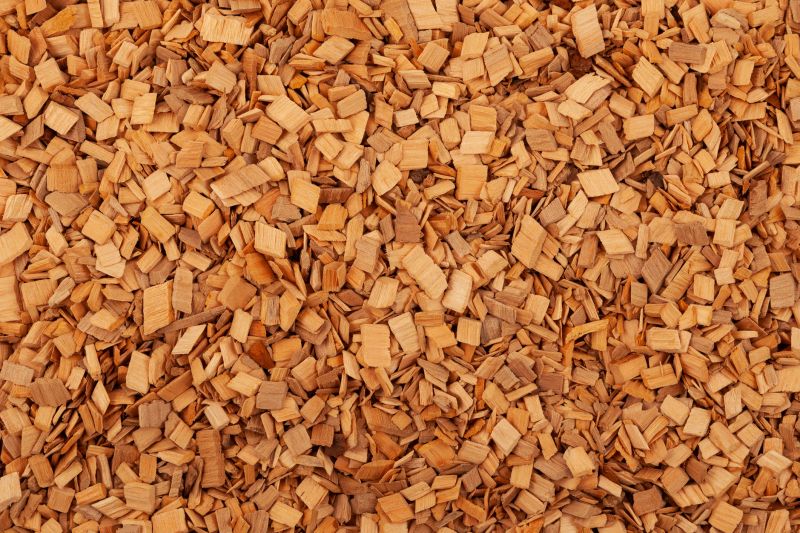
High-end options that actually feel worth it for Wood Chippings.

Finishes and colors that play nicely with Wood Chippings.

Little measurements that prevent headaches on Wood Chippings day.
| Season | Ideal Application Time |
|---|---|
| Spring | Early spring before planting or as soil warms. |
| Summer | During cooler days for weed suppression. |
| Autumn | Late autumn for insulation and preparation. |
| Winter | Generally not recommended due to cold and wet conditions. |
| Post-Planting | Immediately after planting for moisture retention. |
Wood chippings are produced from shredded or chipped wood, often sourced from tree pruning, sawmill residues, or forestry operations. They vary in size and texture, influencing their suitability for different landscaping needs. The use of wood chippings can improve soil health by gradually breaking down and adding organic matter. They also help in controlling weeds, reducing soil erosion, and moderating soil temperature. Proper application timing maximizes these benefits while minimizing issues such as compaction or displacement.
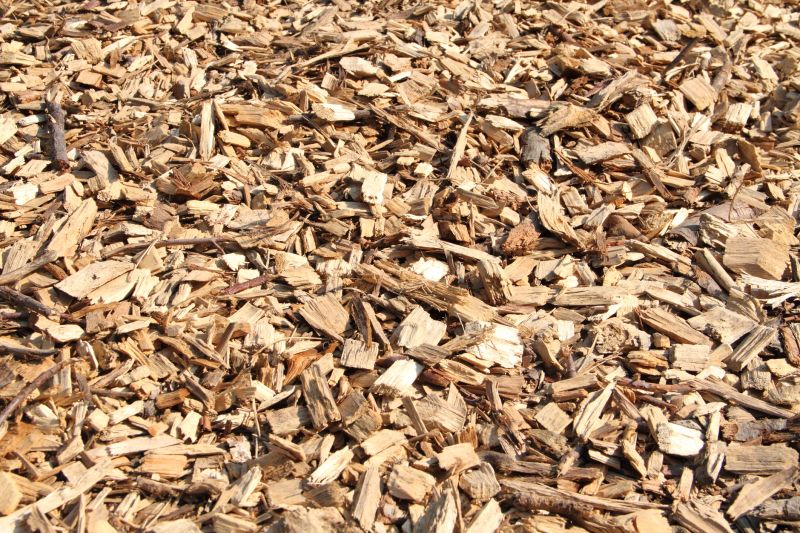
A 60-second routine that keeps Wood Chippings looking new.
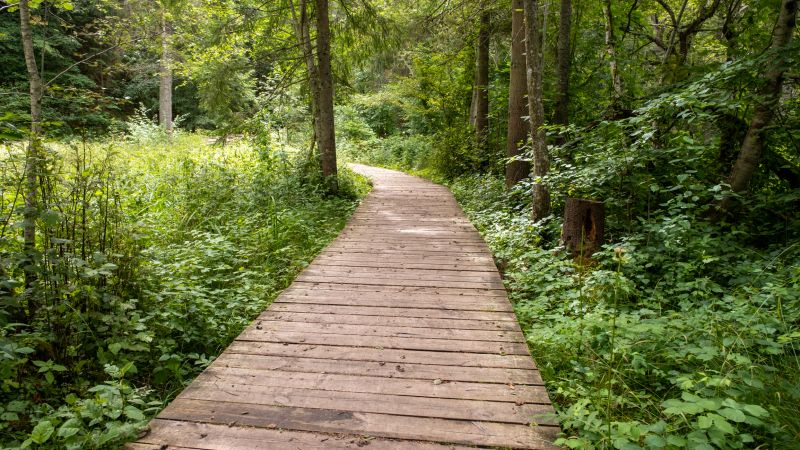
A frequent mistake in Wood Chippings and how to dodge it.

Small tweaks to make Wood Chippings safer and easier to use.
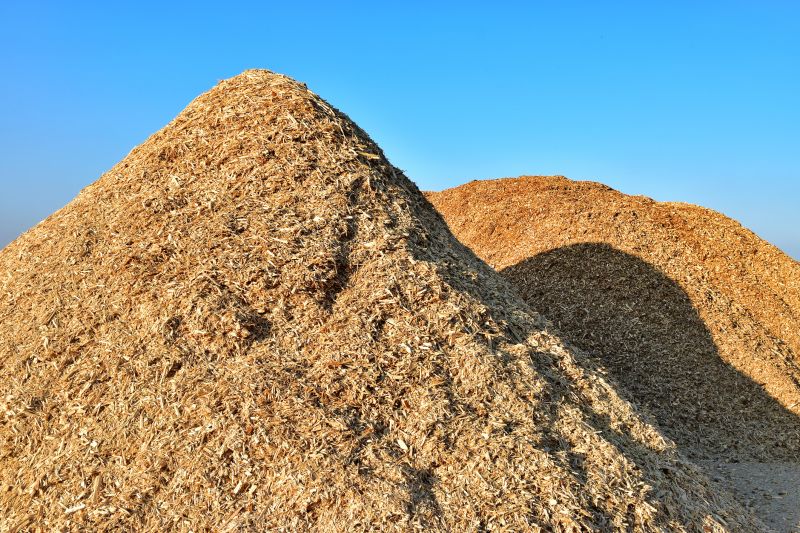
Lower-waste or water-saving choices for Wood Chippings.
Interested in using wood chippings for landscaping or gardening projects? Filling out the contact form can provide more information and assistance tailored to specific needs.
